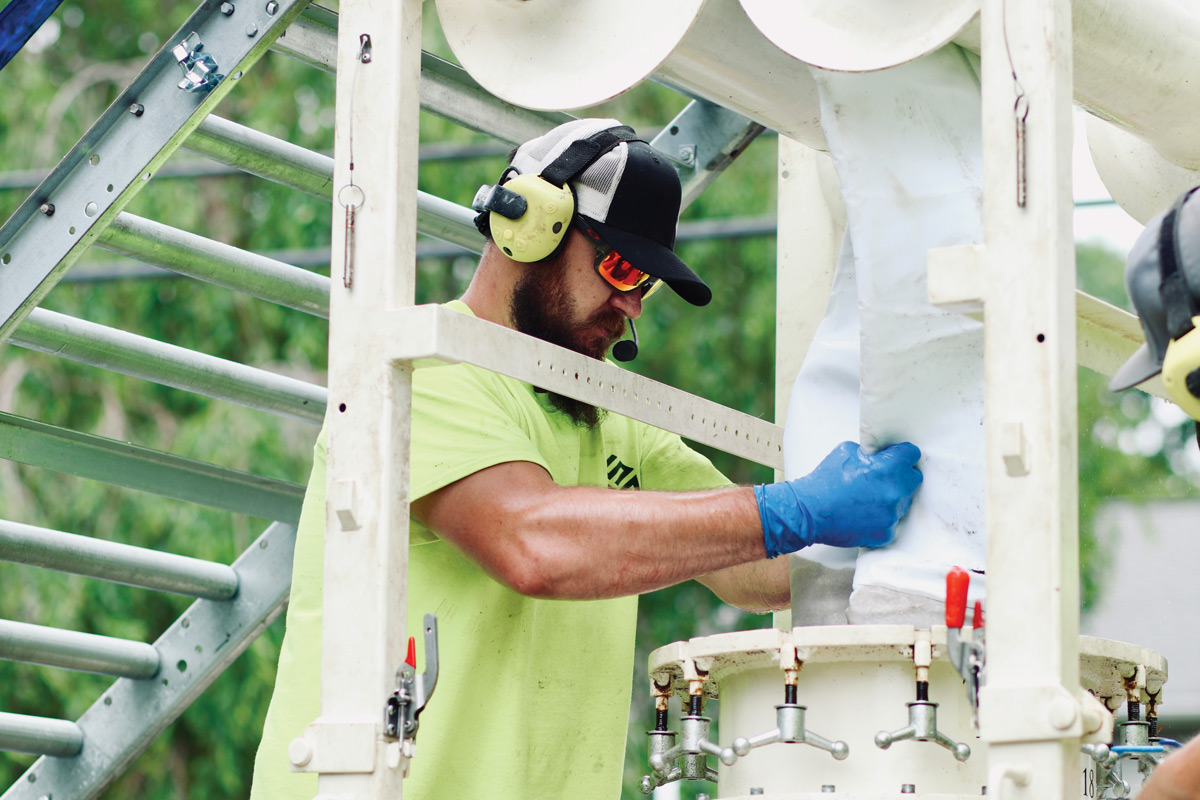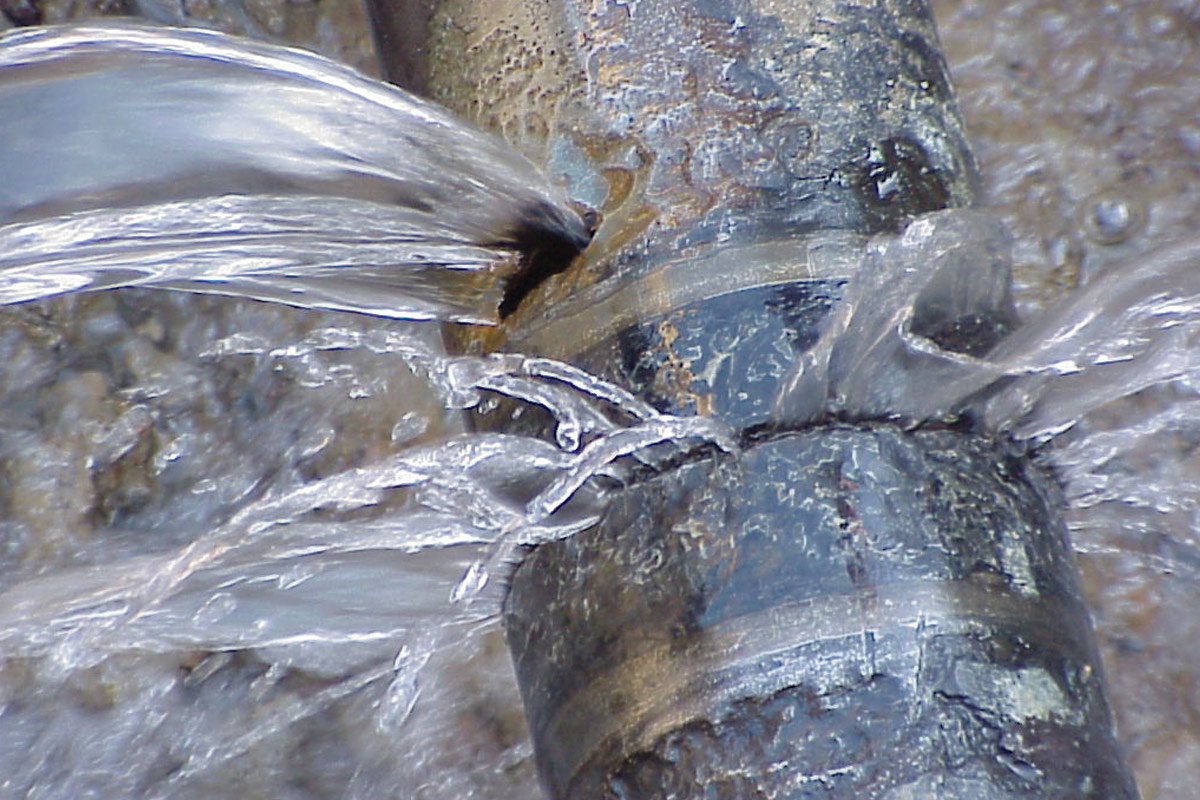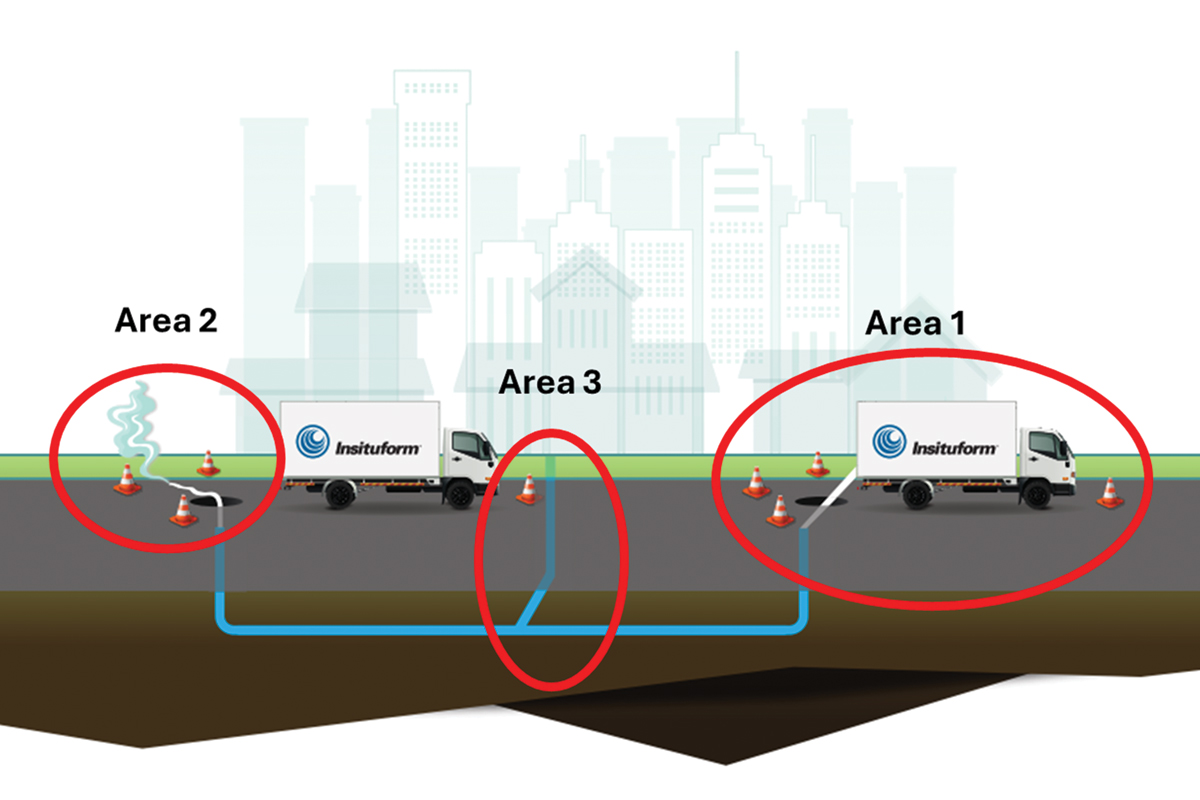
Today’s Young Trenchless Professionals: Matt Smith
Matt Smith, President, Michels Trenchless
Matt Smith’s turn as a summer laborer for Michels Corp. in 2009 gave him a glimpse into what would become his chosen career path and passion. He hasn’t looked back.
Today, Matt is president of Michels Trenchless Inc., overseeing a team responsible for designing and performing trenchless new installation and rehabilitation operations, such as horizontal directional drilling, Direct Pipe, microtunneling, tunneling, cured-in-place pipe (CIPP), UV-CIPP, spray-in-place pipe (SIPP) and sliplining. And it all started as a summer gig.
“Although I didn’t know it at the time, I was already getting acclimated to trenchless construction. I learned about auger boring systems and their role in the oil and gas industry,” Matt remembers. “Initially, I wasn’t looking for a career in trenchless simply because I was not too aware of it. As soon as I started learning about the industry, its growth and Michels’ history in it, I saw tremendous opportunity for what trenchless could become.”
Matt graduated from Gonzaga University in 2011 with a bachelor’s degree in business administration with a focus on international business. He interned the previous year with his future employer, working on a five-mile, 12-ft, 10-in. tunnel under the San Francisco Bay. After graduating, he joined the Michels team as a full-time project engineer, working on microtunneling projects and later Direct Pipe projects. He loves his work, which brings new challenges and opportunities with each day.
“As larger, more complex projects come to the marketplace, it unlocks the potential to explore what else is possible,” Matt says, noting that his team continues to expand the possibilities for combining multiple trenchless technologies. “We think it’s very exciting and satisfying to partner with our customers to cross obstacles that would have seemed impossible just a few years ago.”
And for Matt, the customers are always at the forefront of his mind when diving into projects. “The stakes are high, the projects are demanding and the world is watching,” he says. “We must also continue to explore what this industry can accomplish. There are always new and more challenging obstacles to cross. We must determine the most likely, safest ways to bring projects to fruition.”
Working on some major projects has afforded Matt to learn from some of industry’s pioneers, noting that he has been able to work alongside Michels veterans such the late Robert Westphal, as well as Bob Osborn and Tim McGuire. “I credit all my success to the seasoned vets who taught me so much about trenchless construction, customer relationships, leadership and how to treat people,” says Matt. “I learned the importance of taking calculated risks, knowing what can or cannot be accomplished and the importance of collaborating with customers and design partners to come up with the best possible option. I learned trenchless construction is a team sport.”
And it’s been that relationship with these trailblazers that drives Matt to continue to better the industry and build on its enduring strength — and that includes paying it forward to the trenchless generation coming after him. “I also have a responsibility to build the next generation of trenchless professionals through internships, mentoring, empowering and collaborating,” he says. “It is important that, like the first generation of trenchless pioneers [that] we learn from the past and continue to challenge the norms.”
For Matt, the pioneers built this industry from the ground up, and now it’s up to today’s trenchless technologists to add another layer. “I have already seen a significant amount of change in the industry, particularly the growth in what trenchless construction can do,” he says. “I have been involved in completing projects that had previously been considered impossible. I have had opportunities and continue to have opportunities to work with people who are literally pioneers in this industry.”
Matt is excited about what the future holds for trenchless technology. “I’ve been inspired by Michels’ willingness to push the limits of HDD and other trenchless technologies and by our customers’ willingness to explore trenchless construction options,” he says. “The industry is challenging, exciting and satisfying to find ways to improve life aboveground by performing nearly all our work beneath the surface, beneath cities and beneath the sea.”
Sharon M. Bueno is the editor of Trenchless Technology.




